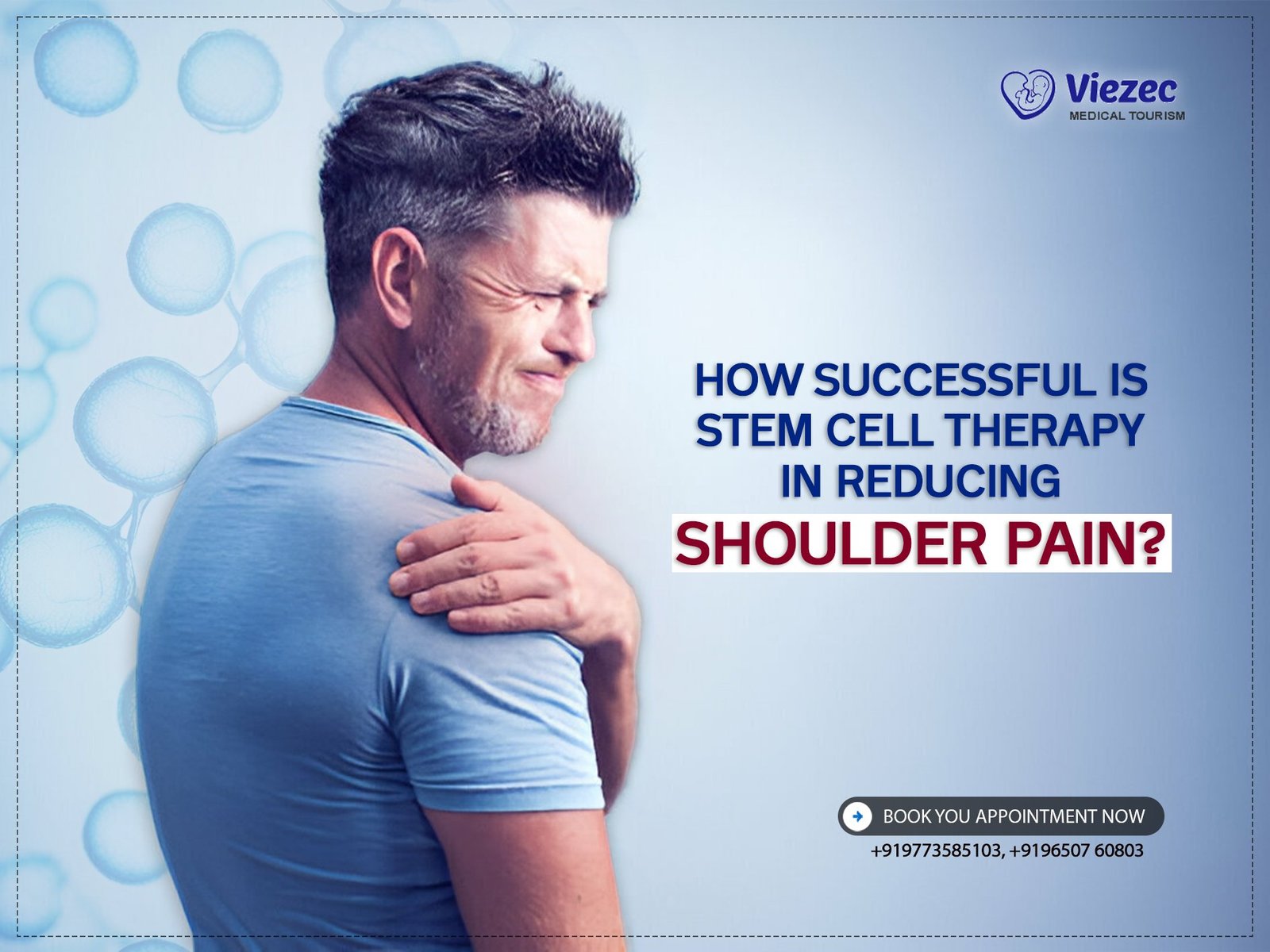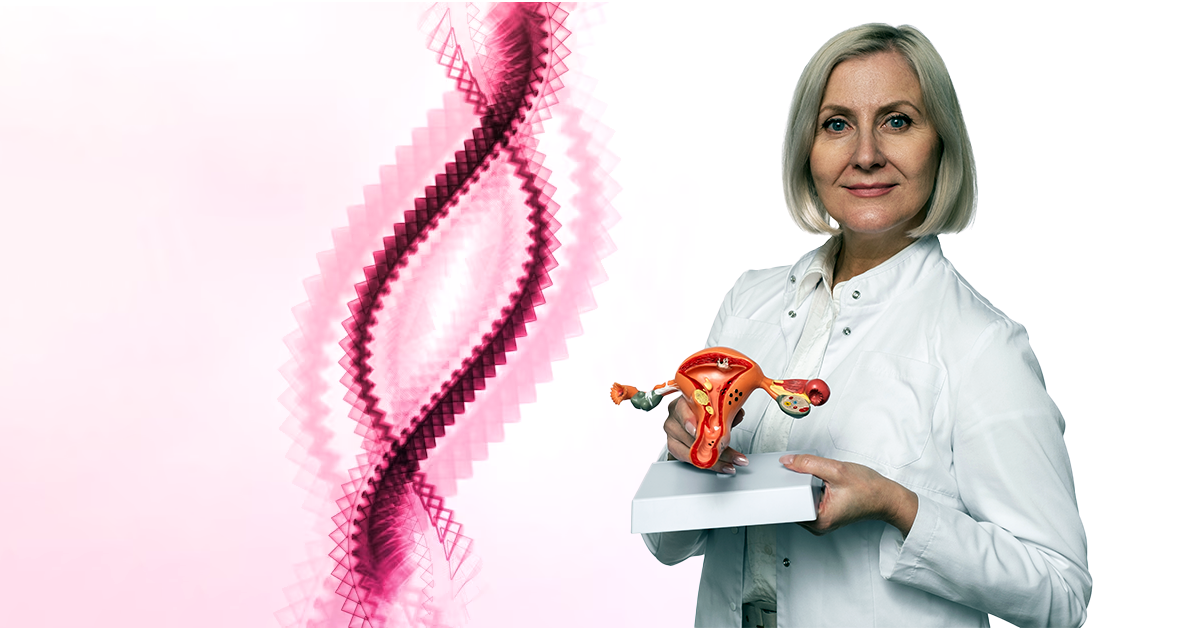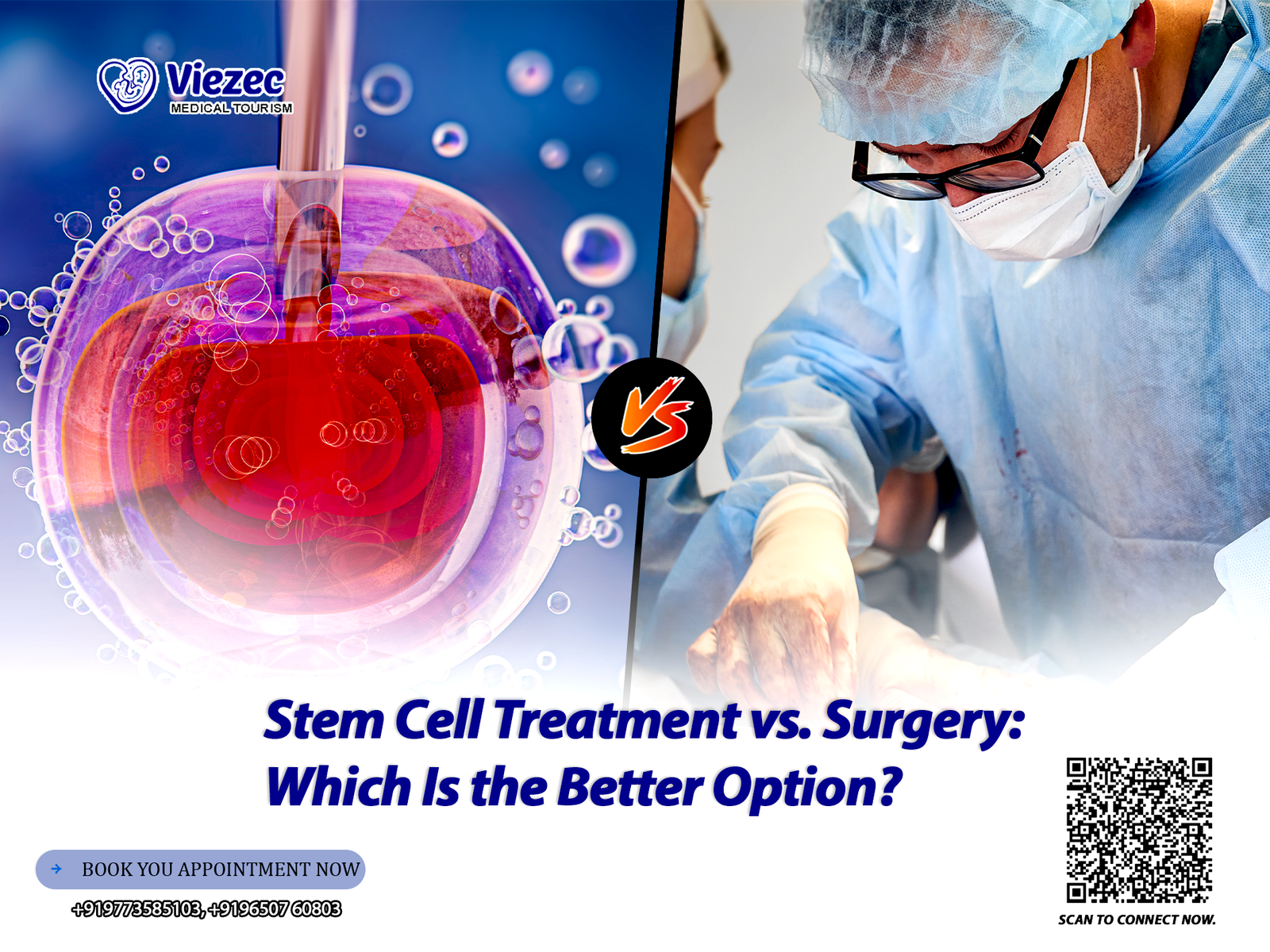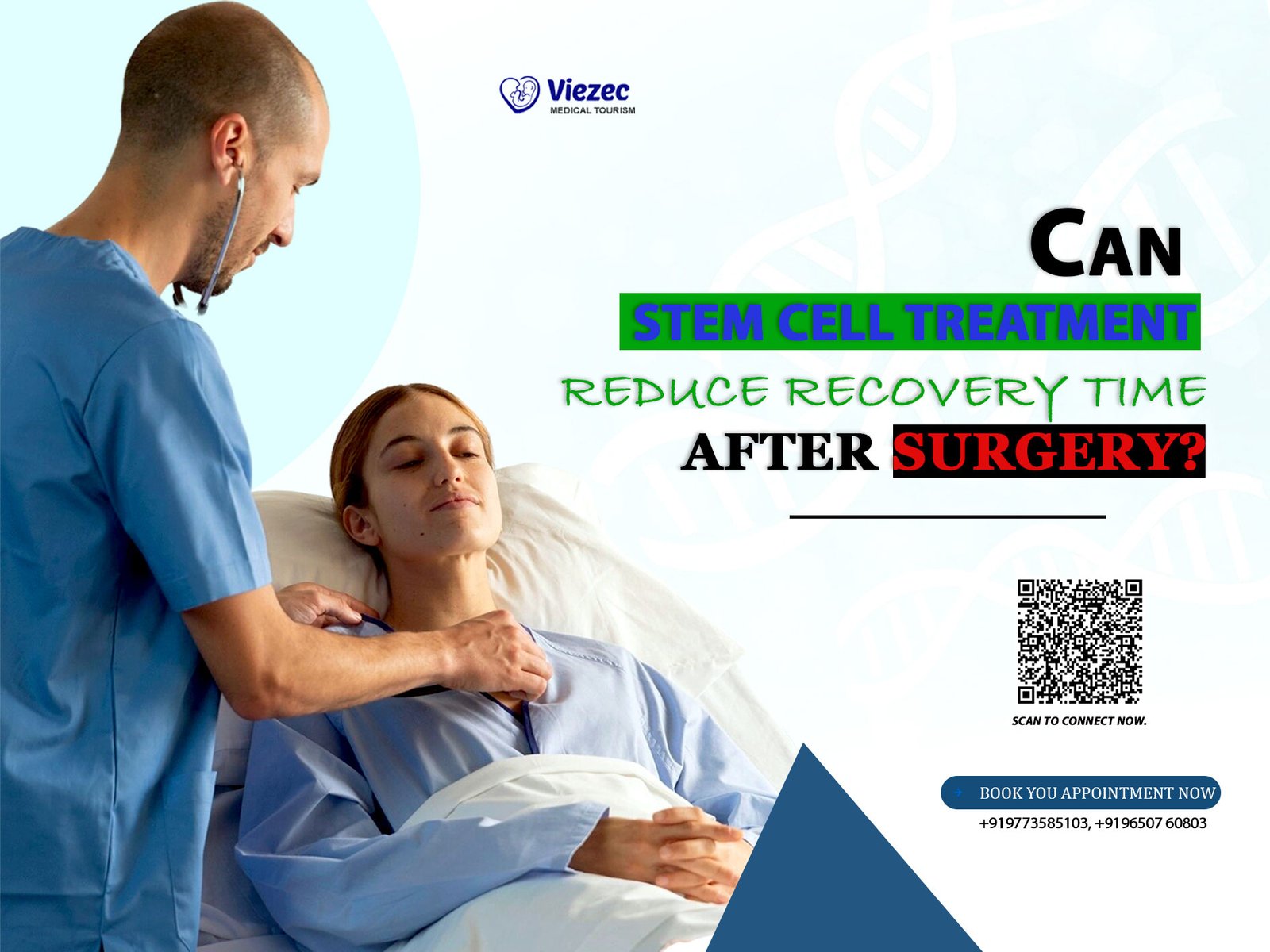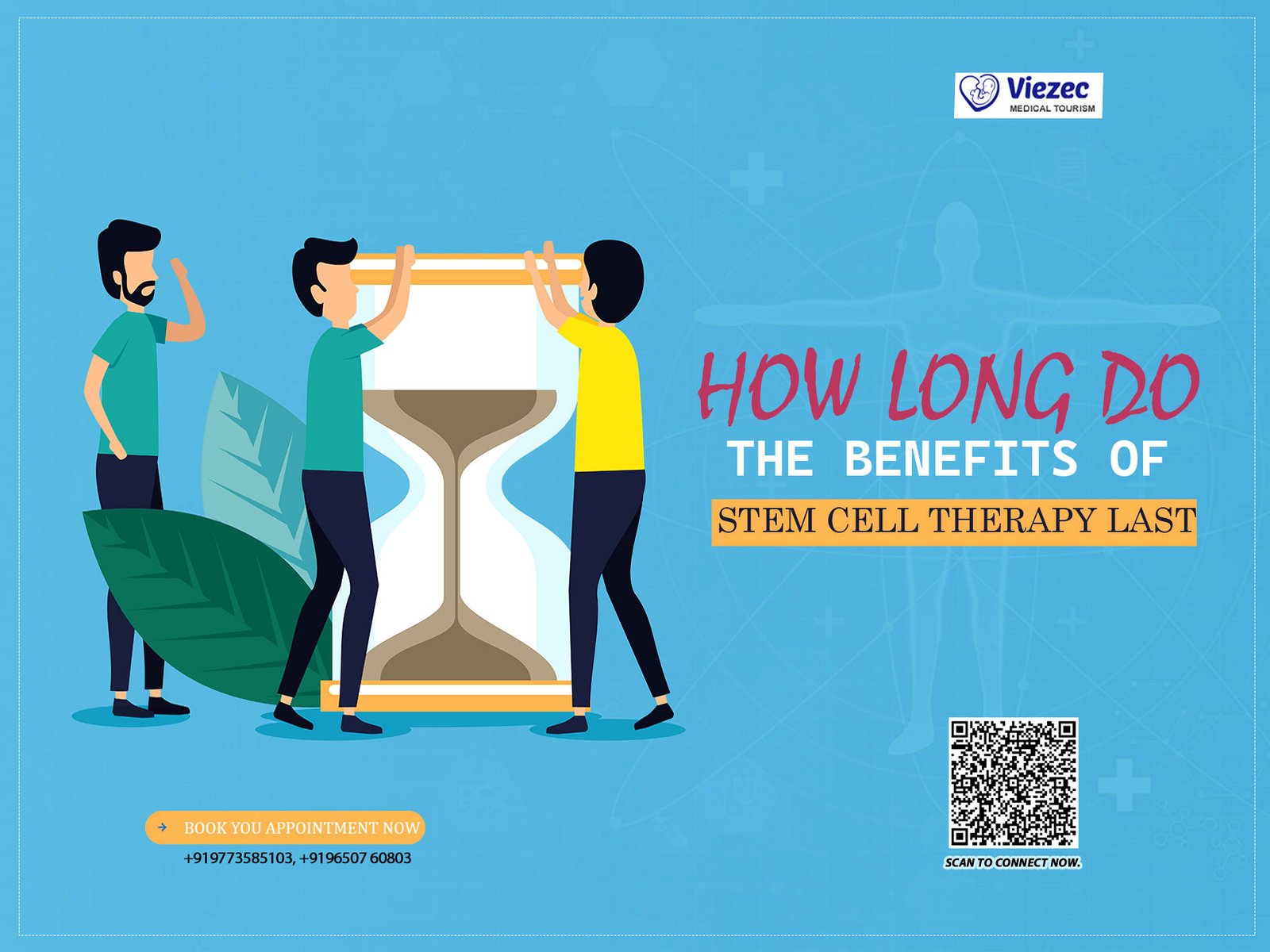Injuries to tendons and ligaments are common occurrences, often resulting from sports activities, accidents, or repetitive movements. These injuries can lead to chronic pain, reduced mobility, and decreased quality of life. Traditional treatment methods such as rest, physical therapy, and surgery may not always provide satisfactory outcomes, especially for severe cases. However, recent advancements in medical science, particularly in the field of stem cell therapy, offer promising avenues for the treatment of tendon and ligament injuries. Stem cell therapy holds immense potential in regenerating damaged tissues, promoting healing, and restoring function. We will explore the promise of stem cell therapy in treating tendon and ligament injuries, including its mechanisms of action, current research findings, and future prospects.
Understanding Tendon and Ligament Injuries
Before delving into the potential of stem cell therapy, it is essential to understand the nature of tendon and ligament injuries. Tendons are fibrous tissues that connect muscles to bones, facilitating movement and stability, while ligaments connect bones to each other, providing structural support to joints. Injuries to these connective tissues can occur due to acute trauma or chronic overuse, leading to conditions such as tendinitis, tendinosis, and ligament sprains or tears.
Tendon and ligament injuries are notorious for their slow healing process and propensity for recurrence. The limited blood supply to these tissues contributes to their poor regenerative capacity, often resulting in the formation of scar tissue and compromised function. Traditional treatments focus on managing symptoms, reducing inflammation, and promoting tissue repair through physical therapy or surgical intervention. However, these approaches may have limitations, particularly in cases of severe or chronic injuries.
Promise of Stem Cell Therapy
Stem cells are undifferentiated cells with the remarkable ability to develop into various cell types and repair damaged tissues. Stem cell therapy involves harnessing the regenerative potential of these cells to promote tissue repair and regeneration. Mesenchymal stem cells (MSCs) are a type of adult stem cell found in various tissues, including bone marrow, adipose tissue, and umbilical cord blood. MSCs have emerged as a promising candidate for tendon and ligament regeneration due to their ability to differentiate into tenocytes (tendon cells) and produce growth factors that support tissue healing.
Mechanisms of Action
Stem cell therapy exerts its therapeutic effects through multiple mechanisms:
- Differentiation: MSCs can differentiate into tenocytes or ligament cells when introduced into the injured tissue, contributing to the formation of new functional tissue.
- Paracrine Effects: MSCs secrete bioactive molecules such as growth factors, cytokines, and extracellular vesicles, which modulate the inflammatory response, promote angiogenesis (formation of new blood vessels), and stimulate resident cells to proliferate and differentiate.
- Immunomodulation: MSCs possess immunomodulatory properties, regulating the activity of immune cells and reducing inflammation at the injury site, thereby creating a conducive environment for tissue repair.
- Extracellular Matrix Remodeling: MSCs facilitate the remodeling of the extracellular matrix, promoting the deposition of organized collagen fibers and enhancing tissue strength and elasticity.
Current Research Findings
Numerous preclinical and clinical studies have investigated the efficacy of stem cell therapy in treating tendon and ligament injuries, yielding promising results:
- Preclinical Studies: Animal studies have demonstrated the ability of MSCs to improve tendon and ligament healing, enhance tissue regeneration, and restore biomechanical properties. These findings provide valuable insights into the mechanisms of action and optimal delivery methods for stem cell therapy.
- Clinical Trials: Several clinical trials have evaluated the safety and efficacy of stem cell therapy in human patients with tendon and ligament injuries. While early-phase trials have shown promising outcomes in terms of pain reduction, functional improvement, and tissue healing, larger randomized controlled trials are needed to establish the optimal treatment protocols and long-term benefits.
Challenges and Future Directions
Despite the promising results, several challenges remain to be addressed in the development and clinical translation of stem cell therapy for tendon and ligament injuries:
- Optimal Cell Source: Identifying the most suitable source of MSCs for therapeutic use remains a subject of debate. While bone marrow-derived MSCs have been extensively studied, other sources such as adipose tissue and umbilical cord blood offer potential advantages in terms of accessibility, yield, and immunomodulatory properties.
- Standardization of Protocols: Standardizing the isolation, expansion, and delivery protocols for MSC-based therapies is crucial to ensure reproducibility and efficacy across different studies and clinical settings. Consensus guidelines are needed to establish best practices and regulatory standards for stem cell-based treatments.
- Enhancing Engraftment and Survival: Improving the engraftment and survival of transplanted MSCs within the injured tissue remains a significant challenge. Strategies such as preconditioning MSCs with growth factors or biomaterial scaffolds can enhance their viability and therapeutic potential.
- Long-Term Safety and Efficacy: Long-term safety concerns, including the risk of tumorigenesis, immunogenicity, and ectopic tissue formation, need to be carefully evaluated through rigorous preclinical studies and long-term follow-up in clinical trials.
Stem Cell Therapy for Tendon and Ligament Injuries in India
India has been at the forefront of stem cell research and therapy in recent years, with several institutions and clinics offering stem cell treatments for various conditions, including tendon and ligament injuries. Researchers and clinicians in India have been exploring the use of autologous (patient-derived) stem cells and allogeneic (donor-derived) stem cells for treating these injuries.
Restoring Function
Stem cell therapy holds immense promise in revolutionizing the treatment of tendon and ligament injuries by promoting tissue regeneration, reducing inflammation, and restoring function. While significant progress has been made in preclinical and clinical studies, several challenges need to be addressed to realize the full potential of this innovative approach. Collaborative efforts among researchers, clinicians, regulatory agencies, and industry partners are essential to overcome these challenges and translate stem cell therapy into safe, effective, and widely accessible treatments for patients with tendon and ligament injuries.
The field of regenerative medicine continues to advance, offering hope for millions of individuals suffering from debilitating musculoskeletal conditions. By harnessing the regenerative potential of stem cells, we are moving closer to realizing the promise of personalized, precision therapies for tendon and ligament injuries, ultimately improving patients’ quality of life and functional outcomes.



